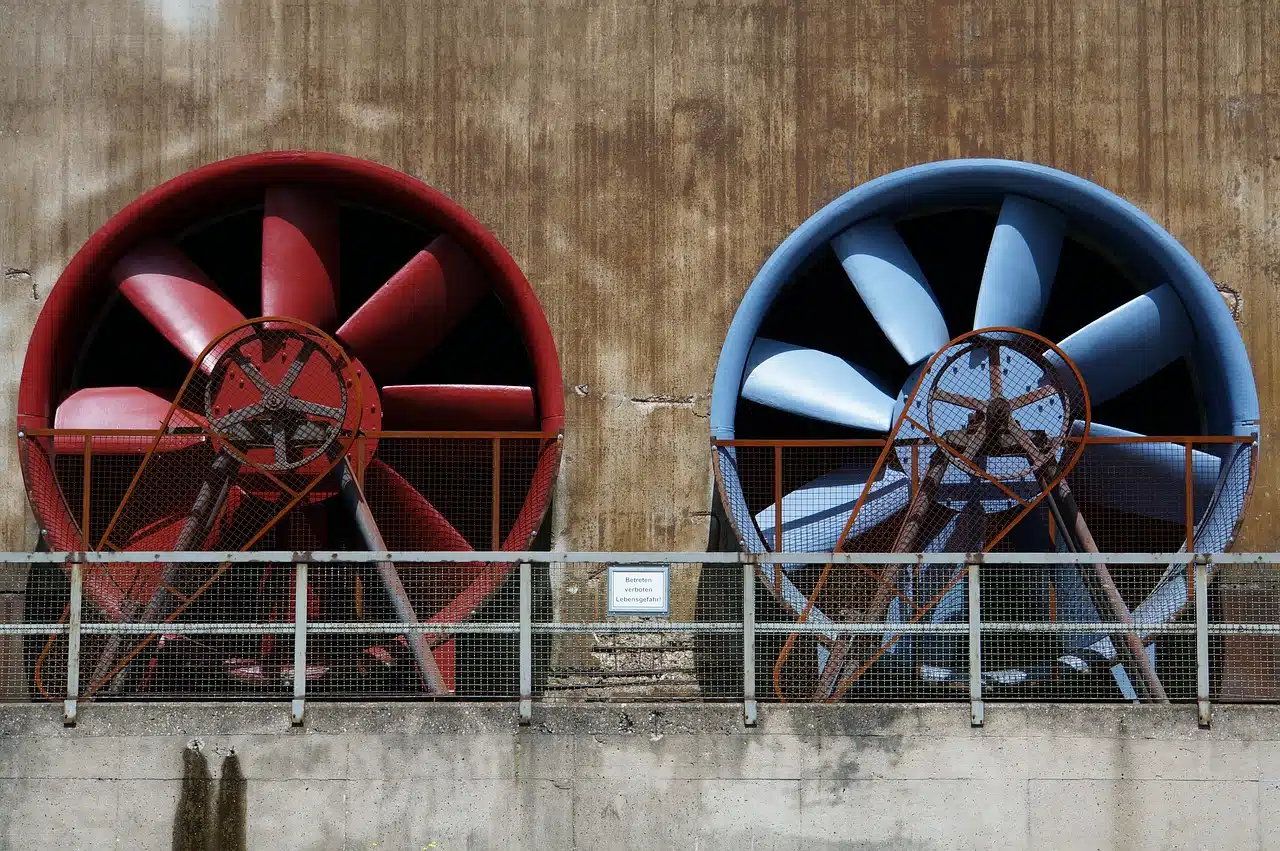
Ventilation is very important in the industrial field.
Ventilation is a term that describes the act and consequence of ventilating something or someone or ventilating oneself (that is, letting air penetrate the body or circulating it in some environment). The word, originating from the Latin ventilatio , is also used to identify the air currents that arise when ventilating it, the hole, space or opening that makes possible the renewal of air within a site or an artifact, and the installation that is installed. used to ventilate a place.
For example: “Please open that window , there is no ventilation here,” “Yesterday my computer burned because it had ventilation problems and I hadn't realized it,” “Bedroom ventilation is very important.” to prevent germs from concentrating in the bed” , “It is very hot outside, although in this restaurant there is good ventilation” .
Ventilation in architecture
From the perspective of architecture , ventilation constitutes a key aspect to take into account since it involves determining in advance how it will be guaranteed that the air can be renewed inside a building , whether through the exit or a air entry.
The objective of ventilation, in this case, is to guarantee the health of the air and its renewal. It also appears linked to the dissipation of smoke in the event of fire and the thermal conditioning of buildings.
The concept in the industry
Industrial ventilation , on the other hand, is the system that offers the possibility of neutralizing or eradicating the presence of gases, dust, smoke or odors in the workplace. What is eliminated through ventilation is usually harmful to the health of workers.
The basic device for any type of ventilation is known as a fan . It is a machine that produces an air current thanks to the rotation of its blades, which generates a pressure difference.

Ventilation is necessary to prevent overheating of a computer's components.
Ventilation in computing
Computer experts know that it is vitally important to attend to the ventilation of the equipment, to avoid the overheating that usually occurs when trying to push its capabilities to the limit and beyond. Processors, for example, are identified by make, model and speed, among other things; and that speed is what the manufacturer estimates can be maintained without burning said component, considering that the consumer will not change the fans (also called coolers ) or add others.
And in most cases, PCs have basic and ineffective ventilation, which consists of three fans: one that is placed on the processor, another that has the video card (in the case of relatively recent models , since the old ones had only one heat sink) and one located in the power supply . The function of each of them is different; The first two provide fresh air on the components to which they are attached, while the third expels the air to the outside of the box.
One way to considerably improve the cooling conditions of a computer is by adding two fans to the system described above: one at the front, with the aim of bringing in as much cold air as it can, and one at the opposite end, below the source and at the same height. of the processor and the video card, responsible for collaborating with the expulsion of the heat that is generated inside the tower, especially by the hard drives and optical disc readers.
When choosing the most appropriate fan for each case, it is advisable to consult with an expert, instead of venturing into buying and letting yourself be tempted by advertisements, since there are various types of technologies, which offer everything from higher speed and less noise to high-speed cooling. water based.
